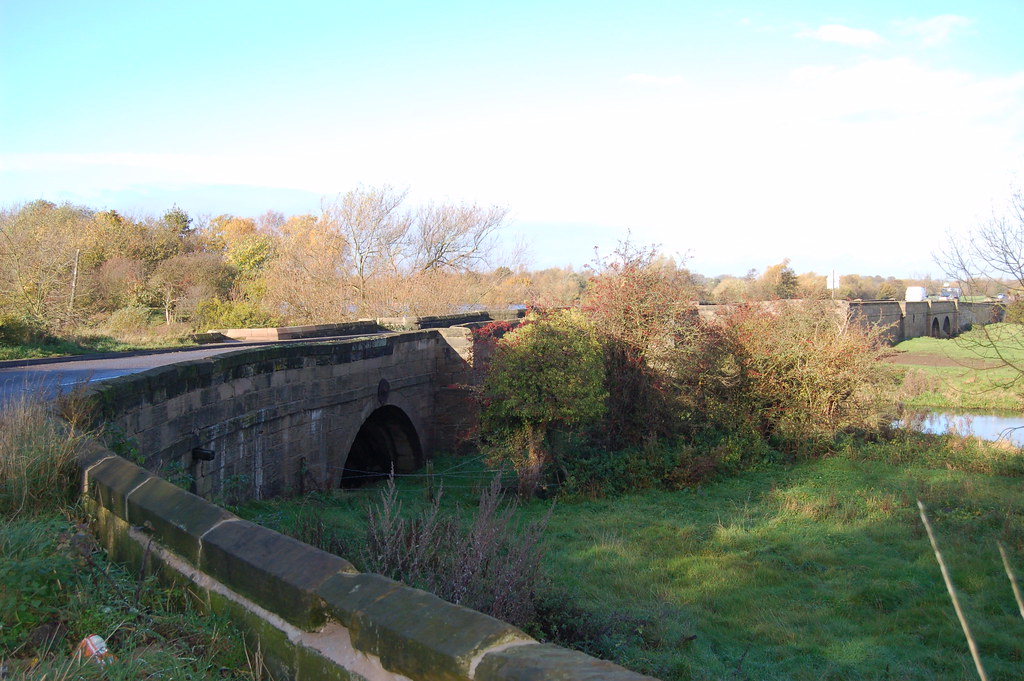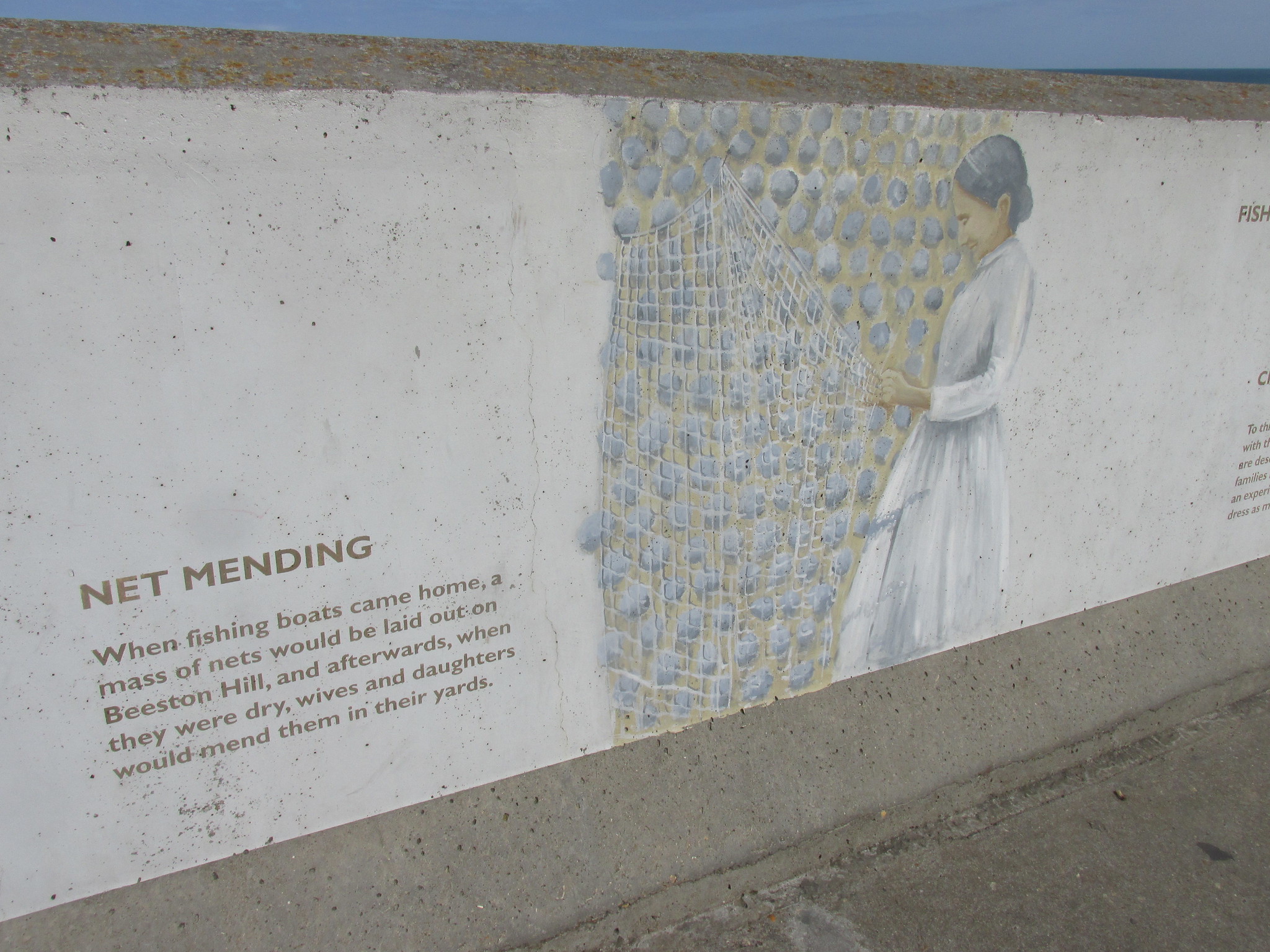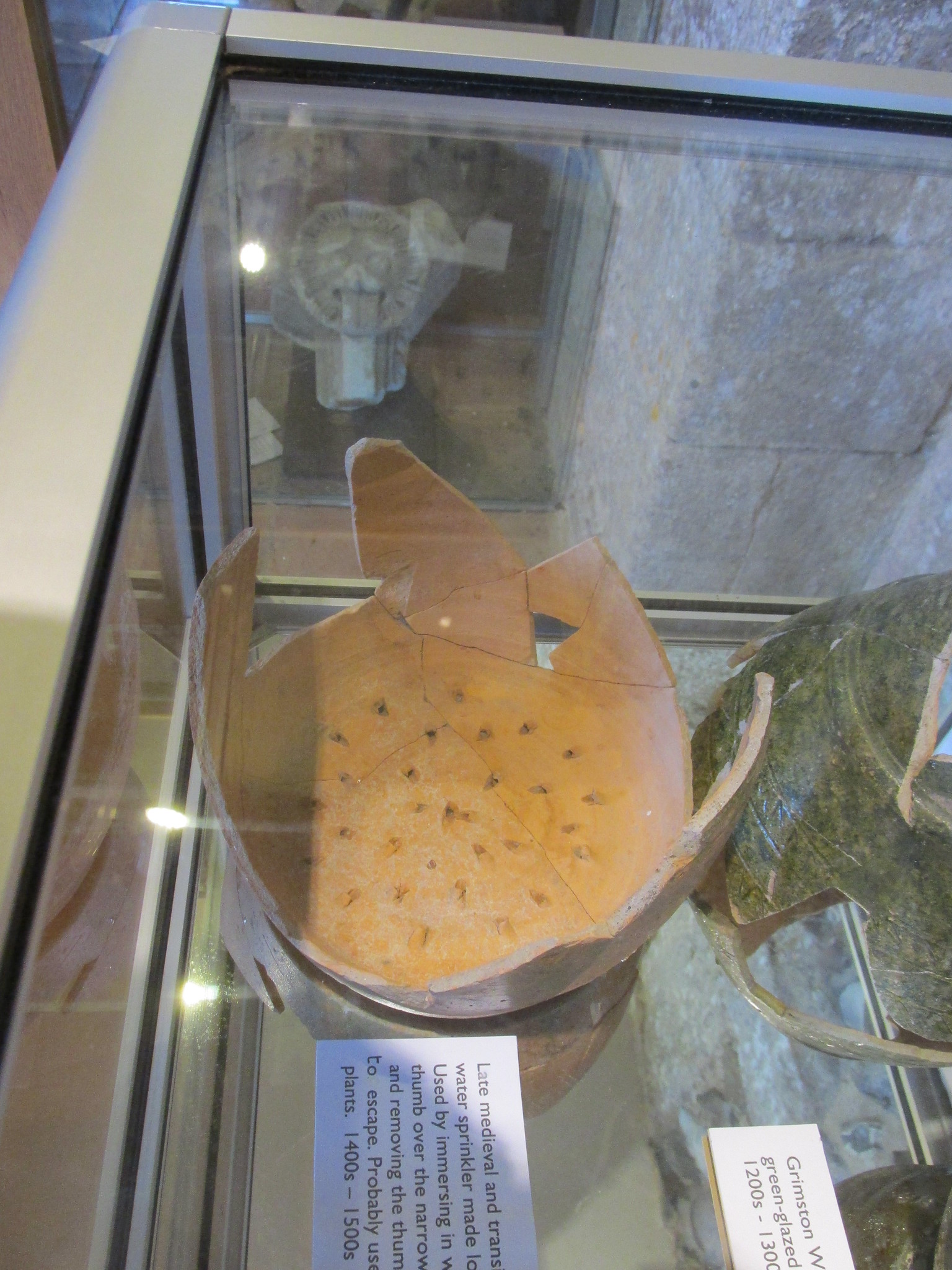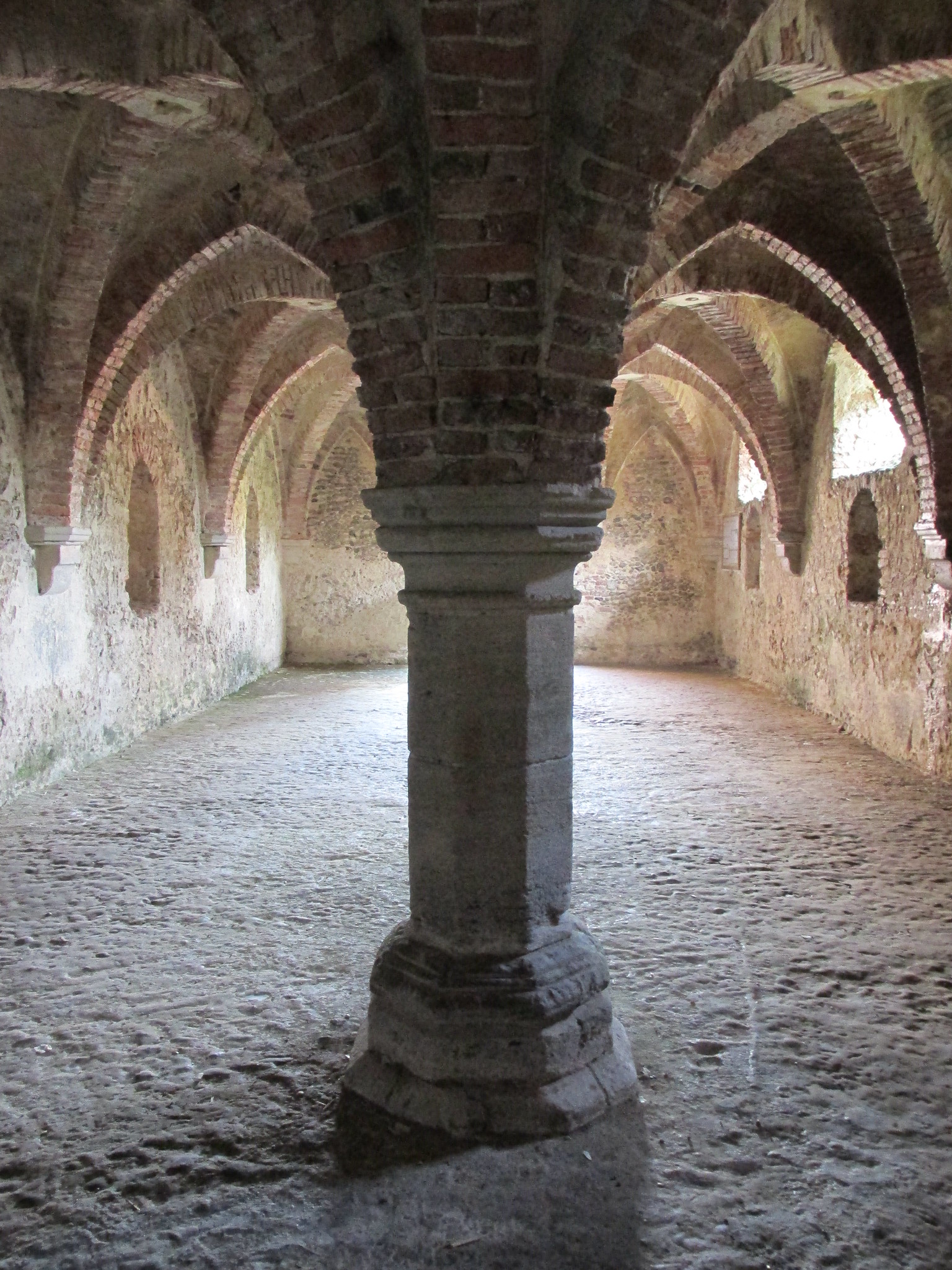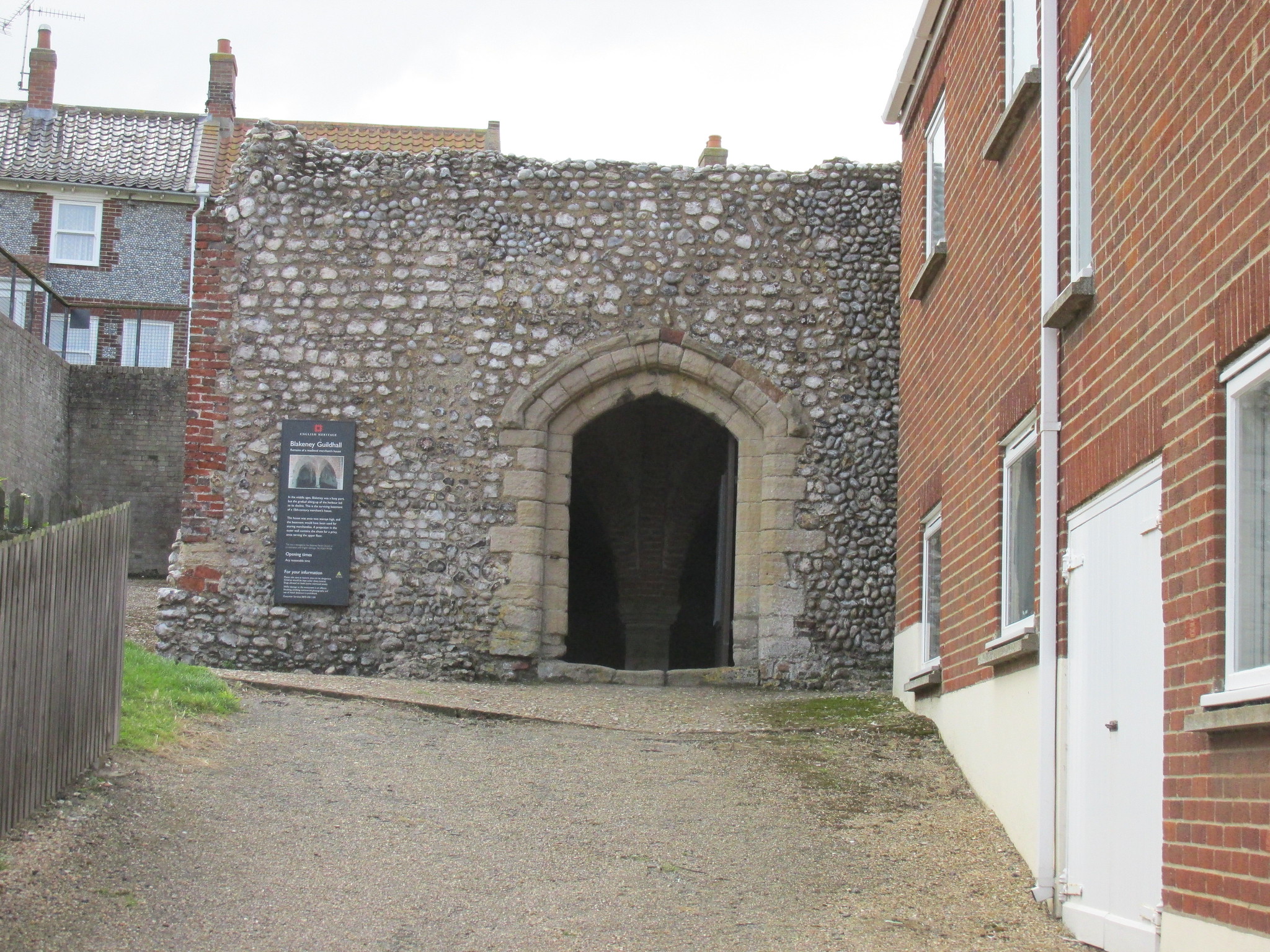The structure's 17 arches cross the River Trent flood plain between Swarkestone and Stanton-by-Bridge. It is still a significant route for travellers passing from Derby to Melbourne: believe it or not there is a regular bus service across it!
According to local legend the causeway is the work of two local sisters whose fiancés drowned while trying to cross the flood plain in high water. The horrified sisters saw the men swept away by the river and vowed that no-one else would suffer the same fate. They spent the rest of their lives building and maintaining the causeway and bridge and so were penniless when they died.
According to local legend the causeway is the work of two local sisters whose fiancés drowned while trying to cross the flood plain in high water. The horrified sisters saw the men swept away by the river and vowed that no-one else would suffer the same fate. They spent the rest of their lives building and maintaining the causeway and bridge and so were penniless when they died.
Listed Grade I and Scheduled Ancient Monument.

